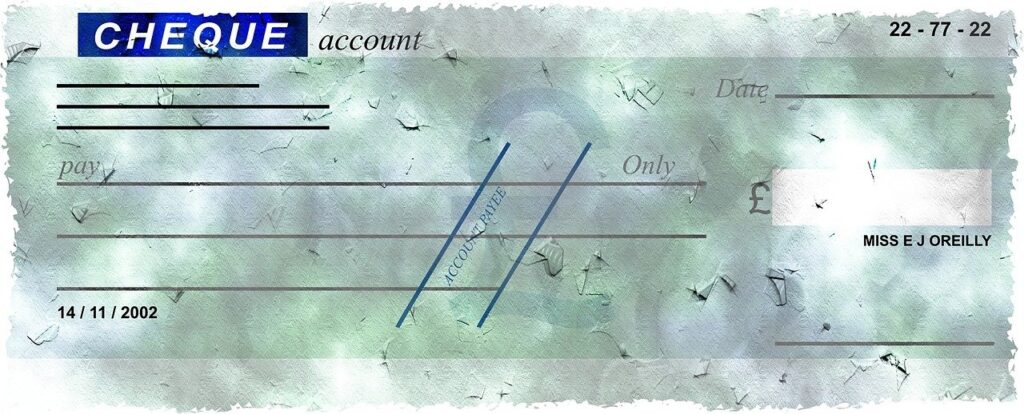
Commercial papers are types of short-term debt instruments businesses use to finance their operations. It’s essentially a promissory note, whereby the issuer promises to repay the principal and interest on the debt at a specific date in the future. The maturity date of commercial papers rarely exceeds 270 days. They are typically issued by large, creditworthy companies with high short-term funding needs. However, there are also smaller issuers who use commercial paper as a way to access capital markets. So what are the benefits of issuing commercial paper? And who issues it? Let’s take a closer look.
What are the types of commercial papers?
Commercial papers can be either unsecured or secured.
Unsecured commercial papers
Unsecured papers mean that there is no collateral offered and that you will be taking a risk on the reputation of the company. In the event of default by the issuer, the investors will stand a high chance of losing their money.
Secured commercial papers
Secured paper is also known as Asset-Backed Commercial Paper. Usually, the issuing company provides financial assets as security through a special purpose vehicle (SPV). The financial assets can be trade receivables that become security in case of default. You can also read more about secured vs insecure loans.
4 Types of Commercial Papers
Promissory notes:
A promissory note is a short-term debt instrument that represents an unsecured promise by the issuer to pay a specified amount of principal plus interest on a specific date. The issuer of the notes promises the holder of payment on the presentation of the same. The promissory note is payable to the bearer who presents it for payment.
Drafts
Drafts are issued by one person (the drawer) instructing another party (the drawee) to pay a sum of money to a third party (payee) on presentation or at a future determinable date. In many countries, they are supported by specific legislation, such as the Bills of exchange act.
Cheque
A check is a form of a draft issued by one person (the drawer) instructing a bank (the drawee) to pay a sum of money to a third party (drawee) on demand. Checks have been used for decades to support many social and commercial transactions. They are not usually used in commercial paper transactions.

Certificate of deposits
Banks issue certificates of deposits (CDs) to evidence sums deposited by a customer in the bank. They contain the amount of deposit and the interest rate that will be paid at maturity. CDs are monetized by the presentation. Again, they are used by companies to raise funds.
How to issue commercial paper
Issuing commercial paper is a fairly simple process. By now you should have realized, that in a commercial paper transaction, one corporate is actually borrowing from another corporate. A company will need to work with a financial institution such as a bank or investment firm in order to start the process. The financial institution will help the company create an offering document, which is essentially a prospectus that outlines all the key details about the proposed issuance. On finalization, they share documents with potential investors, who can then decide whether they want to invest in the debt instrument.
Key parties to issuing a commercial paper
Issuers:
These are companies seeking to raise working capital by issuing commercial paper. They are typically large companies that have issued securities before with an investment-grade credit rating from one of the major rating agencies.
Dealers:
They bring together issuers with buyers by purchasing new issues at a discount to par value for resale to their customers. Furthermore, play an important role in the commercial paper market by helping companies access capital quickly and efficiently.
Institutional Investors:
Investors, such as mutual funds, insurance companies, and pension plans, are key players in the commercial paper market. They invest in short-term debt securities because they offer a higher yield than other fixed-income investments while still being relatively low risk.
Rating Agents
In the bond market, a rating agency provides an independent evaluation of debt securities issued by governments and corporations. The three big agencies in this industry are held responsible for any losses resulting from inaccurate or false ratings they provide; these can be costly mistakes. These agencies Moody’s Investor Services, Standard and Poor’s (S&P), and Fitch Group control about 95 % of the market. Their role is basically to provide the investors with accurate information.
Brokers
Brokers act as an intermediary between investors and dealers or underwriters/issuers who sell new issues. They seek to profit from the spread between the interest rates paid on commercial paper and what they charge borrowers for loans of this debt.
Dealers:
Dealers are financial institutions that make a two-sided market for commercial paper. It sets the Bid(buying) and Offer (selling)prices, thereby creating liquidity in the market.
Risks associated with investing in commercial paper
The main benefits of investing in the commercial paper are its liquidity and safety. Commercial papers have high credit ratings and, as such, present little default risk. In addition, they offer investors immediate access to their money without having to wait for redemption like you would with a bond. This makes them ideal instruments for meeting short-term funding needs.
There is some credit risk in holding commercial paper during times of financial instability or market volatility. If an issuer’s rating falls below investment grade, then the price of that issuer’s commercial paper will likely drop correspondingly and if many issuers experience downgrades at once, then the value of all commercial papers will likely drop as well
Commercial paper investments are not as liquid as they seem. While you can usually sell your commercial paper holdings very quickly, the spread between what you paid for them and the price at which you sell them may be relatively large.
They also carry the risk of default. Your investment will be in jeopardy when the issuer defaults.
Overall, though, commercial paper is a safe and highly liquid investment instrument that should appeal to most investors.
Key factors to consider before investing
You should consider the following before investing in the commercial papers:
–The credit quality of the issuer. You don’t want to deal with a company that will fail to repay you.
–The maturity date of the security. When do you want to receive your money back?
-The interest rate on offer. Aim for good returns, but take time to review the issuer. Lower quality issuers offer high rates to attract investors.
–Liquidity of commercial paper. A paper issued by a AAA company is likely to be oversubscribed. This means that an investor is likely to sell it in the secondary market.
In conclusion, the practice of issuing commercial papers is a common form of borrowing for many large, multinational firms. Commercial papers are securities that companies issue in order to borrow money from investors when they need it most. They have short-term maturity dates and pay higher interest rates than bank deposits. However, if you invest in commercial paper instruments through your broker account, you should consider all risks before investing any assets. These include credit risk and liquidity risk.
Thank you for reading. Please share this education with friends and family


